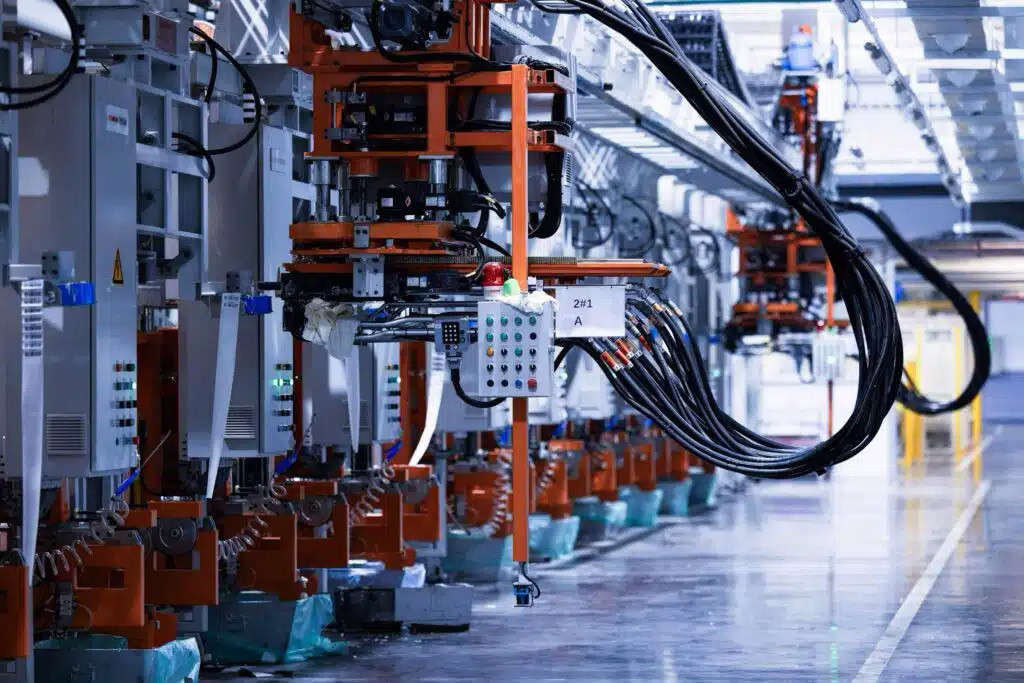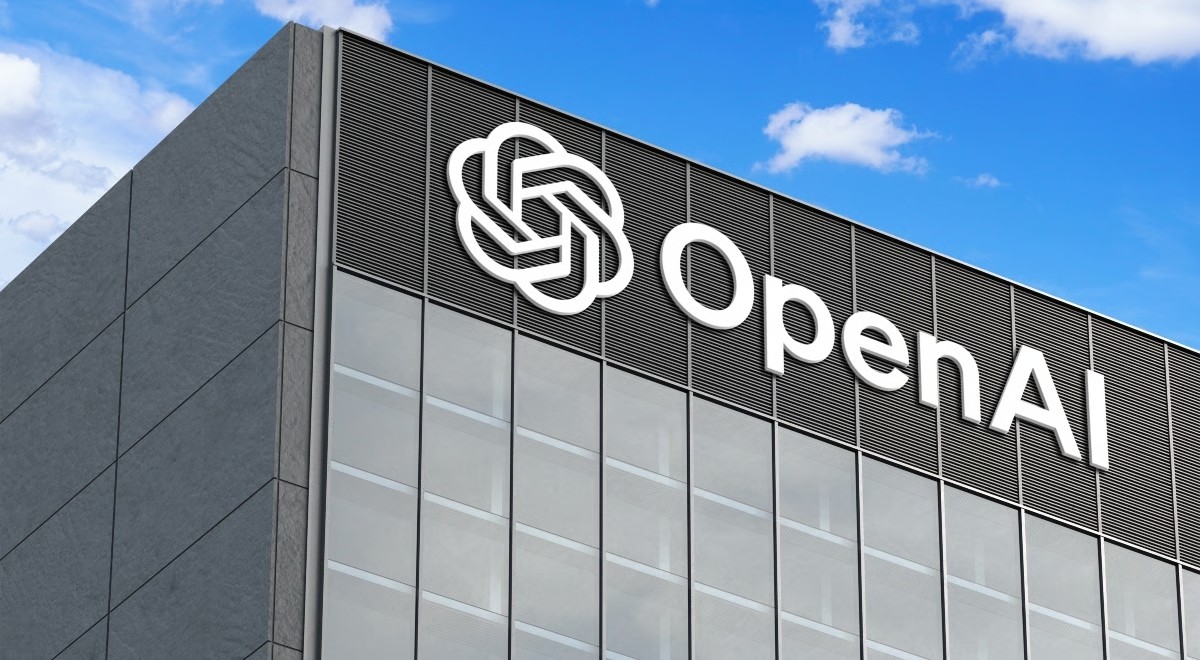The American company Neuralink, working in the field of neurotechnology, has started implanting a new generation of brain chips, which, according to the developers, are able to restore impaired sensory functions and affect neurophysiological pathologies. The founder of the company said that the neurointerface can be effective in restoring hearing, vision and smell, as well as being able to suppress epileptic seizures and potentially be used in the treatment of severe mental disorders, including schizophrenia.
The new neural interface, called N1 Telepathy, is an implantable device that provides direct communication between the human brain and external digital systems. His work is based on continuous reading of neural signals and their subsequent interpretation using machine learning algorithms. In the long run, such technologies allow the user to control a computer, write text, or perform other actions with the effort of thought.
One of the first volunteers was Nick Ray, a patient with amyotrophic lateral sclerosis (ALS). After implantation, he reported a significant improvement in interaction with the outside world and described the condition as"digital autonomy." He noted that already on the third day of using the system, he was able to independently transmit commands and interact with interfaces without physical contact.
Neuralink has officially confirmed that the chips are already being implanted as part of a pilot program, and that the medical application of the technology remains a priority. In particular, special attention is paid to neurodegenerative diseases, paralysis and sensory dysfunctions. In the long term, the company is considering the possibility of large-scale application of brain-computer interfaces in both clinical and user environments.
Of particular interest are statements about the potential of technology in the correction of mental disorders, including schizophrenia. At the moment, these areas remain at the stage of theoretical development, but the neurophysiological base, confirmed by research data, indicates the possibility of a point effect on the activity of individual neural circuits responsible for pathological conditions.
The development of neurointerface technologies is on the strategic agenda of many countries that consider neurotechnologies as one of the key factors in the transformation of healthcare, rehabilitation medicine, and human interaction with the digital environment. The achievements of Neuralink, despite the high degree of media coverage, are based on basic scientific research and are confirmed by data on the successful integration of devices into brain tissue without serious complications.
Against the background of an active global race in the field of neurotechnology, the Neuralink project can have a systemic impact on the development of the human-machine interface industry and lay the foundation for the emergence of a new category of medical and consumer devices based on direct neural interaction.














